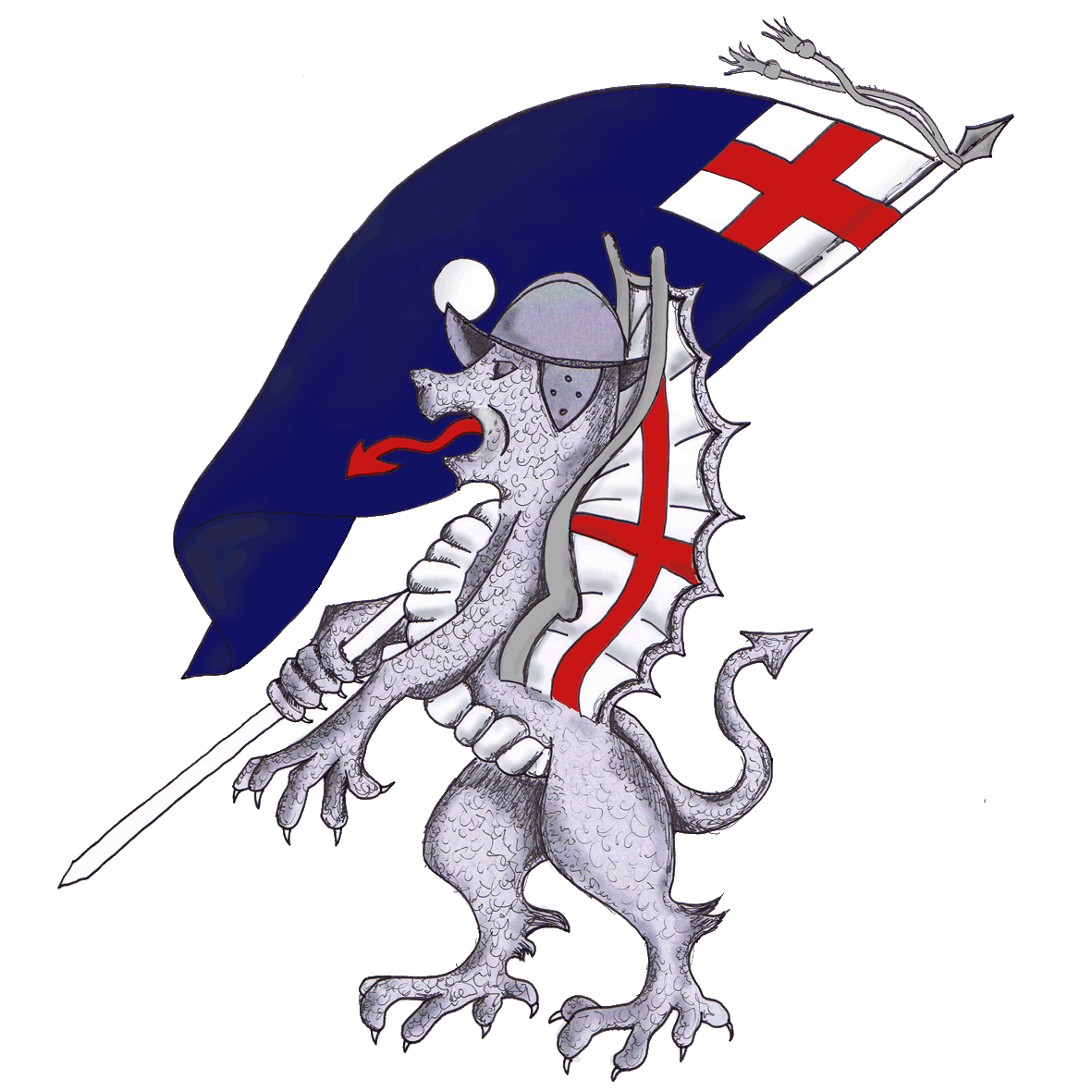Dressing as a London Trained Bandsman
The following information is supplied as advice to potential trained band re-enactors.
Wealth & General Appearance
Although there were some well-heeled gentlemen involved in the bands at rank and file level, the majority were of the "the middling sort" - shopkeepers, tradesmen, merchants along with their servants and apprentices. These solid citizens of some property and means could afford decent clothes cut from good cloth, but adornments of ribbons, braids and lace would have been rare even on Sunday bests as the cost limited such items to the seriously wealthy. Similarly, boots and buffcoats tended to be the preserve of officers, although plain, cloth sleeved buffcoats are known to have been worn by some soldiers. The majority wore plain linen shirts and stockings, strong leather shoes, breeches, a doublet, hat or cap and, in bad weather, a casaque, coat or cloak.
Substitutes
However, not all trained band soldiers were so well off. On campaign there were considerable numbers of "substitutes" - poor boys paid by some richer, stay at home bandsmen to serve in their stead when the regiments marched out of the city gates. While these fellows may have received their employers' war gear, they would have been unlikely to get his clothes and must have worn ruder clothing styles: plain "unconfined" breeches, coarse linen shirts and sack coats (see pictures by David Teniers the Younger for good illustrations of such attire).
Summary
All these aspects considered, the trained band regiments would have had a very diverse appearance with city gentlemen, petty bourgeois and commoners cheek by jowl with each other and not a uniform in site; quite a contrast to their fellows in the "regular" armies raised after 1645.

